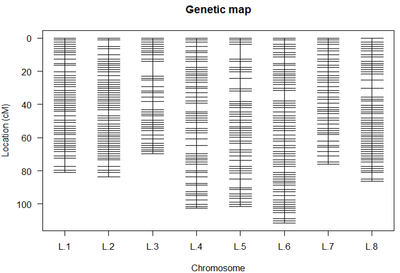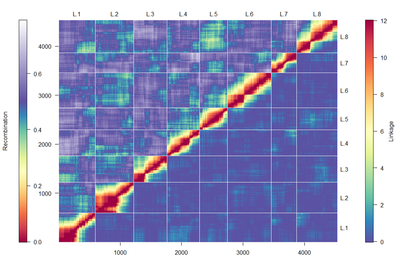Research Interests
|
Welcome to our website. We are a group of biologist fascinated by the diversity and evolution of living organisms, populations and ecological systems. Our primary goal is to understand the basic principles underlying both macro and micro evolutionary changes using plants as model organisms. In particular, our interest extends over several fields of plant biology, including ecology, population genetics, molecular evolution, evo-devo, systematics and comparative genomics with special attention to basal groups of land plants. We combine field-based ecological and lab-based molecular/reverse genetic approaches including computationally intensive modeling and genome analysis to understand evolutionary processes both at the macro- and microevolutionary scales.
We are officially hosted at the University of Zurich and are affiliated with the following institutions/centers: Zurich-Basel Plant Science Center URPP Evolution in Action Institute of Evolutionary Biology and Environmental Studies Institute of Systematic Botany and Botanical Gardens Institute of Plant Biology Swiss Institute of Bioinformatics Evolution of phased-biased gene expression in land plantsAll sexually reproducing land plants alternate between a haploid gametophytic and a diploid sporophytic phase. Nevertheless, relative dominance, morphology, function and trophical interrelationship of the gametophyte and sporophyte phases vary tremendously across groups of land plants. For instance in the bryophytes the haploid-phase is dominant and the sporophyte is relatively short-lived. In contrast, the diploid phase predominates in vascular plants and the haploid phase is significantly reduced. To understand the evolutionary mechanisms underlining the elaboration of the diploid phase and the reduction of the haploid phase we are studying the evolution of phase-biased gene expression across the land plant tree of life combining RNA-seq data and complex phylogenomic analysis.
|


